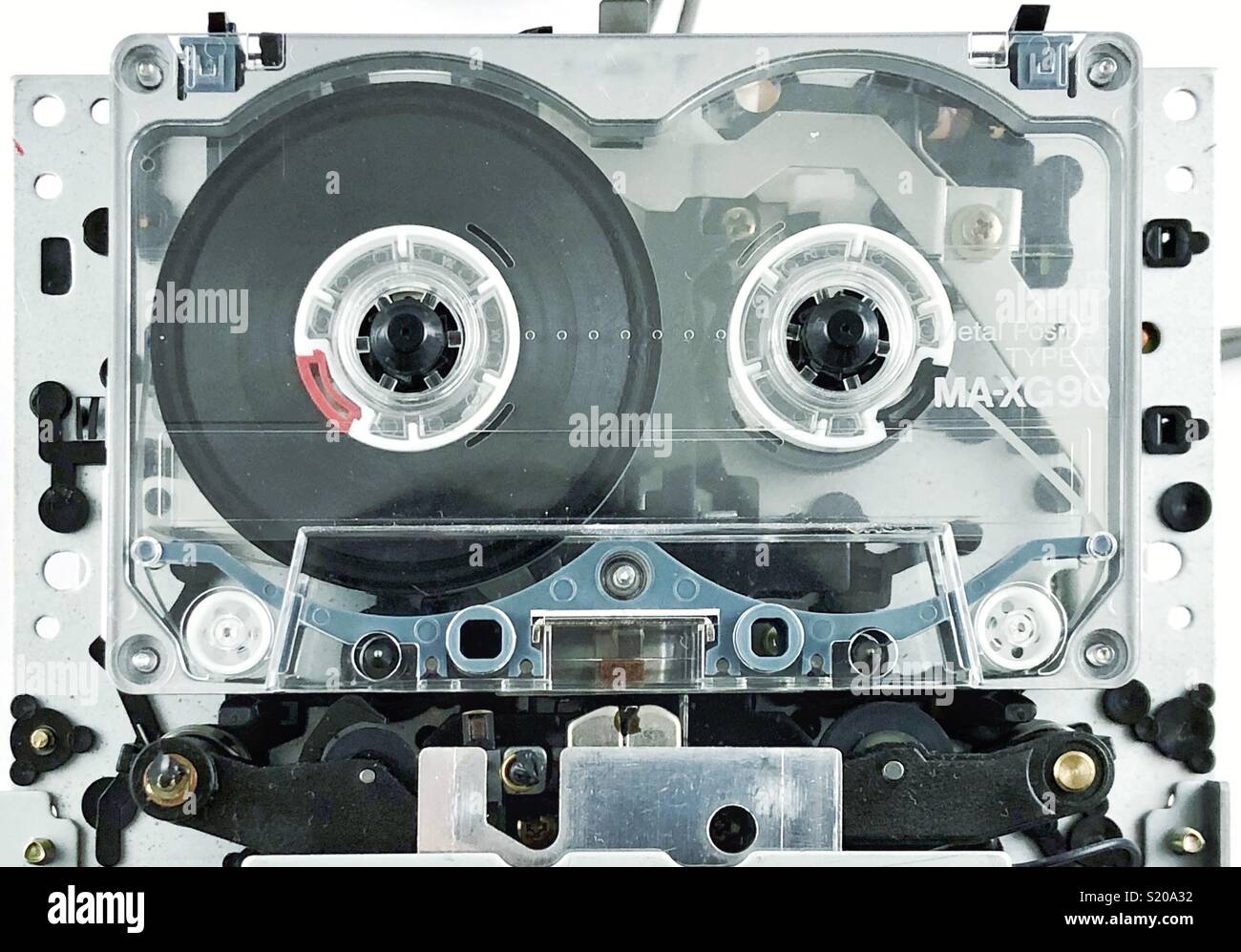

There is also a pre-listening function that helps you preparing the next song on one deck while the other deck is playing. A microphone input on the front panel makes spontaneous recording (solo or mixed with a line level source or a cassette) convenient.

RTZ function and a repeat playback feature are provided, and you can increase or lower the pitch and tempo while playing back for Karaoke or sports applications. The unit offers excellent sonic performance due to a wide frequency range.īoth decks in the 202MKVII can record, so you can actually make two masters of the same source at the same time. It can also serve as a reliable audio storage or backup solution for authorities like police departments or civil defence thanks to the proven long-term stability of tape and the additional option of USB output for digital backups on a computer.
CASSETTE TAPE DECK PROFESSIONAL
And that doesn’t even factor in the cost of replacing the cassette deck every 12 to 18 months…I don’t think I had one that lasted longer than that…at $100 to $200 a pop in 1980s dollars.The 202MKVII is an easy-to-handle, good sounding dual-well cassette deck for professional use in karaoke bars and sports centres, yet also for town halls, civic and community centres, schools or libraries. The few music programs I tried to tape with my cassette decks were only good for reminding me to buy the LPs and later CDs when I could afford them.Īs for cost, I sometimes have to pay $15 for a CD if it’s something new, but that’s because I usually listen to “classical” music and except for imports or SACDs, even classical discs are frequently discounted to $10-$12. And it can be equal sound quality to the broadcast.
CASSETTE TAPE DECK SOFTWARE
Now, I can record digitally with software from the Internet radio, if I would want to. I lived through the cassette tape period and used them to record from FM (in grad school, WNYC and WBAI talk radio almost exclusively) and I can still remember the frustration when a tape would come unspooled and twisted around the drive mechanism…not often but once in a while, and any time was too often.
CASSETTE TAPE DECK CRACK
I’ve had them crack just by accidentally dropping one on the floor. And although probably not a serious issue, plastic cassette housings were breakable. I’ve had to rip more than one cassette out of a player because the tape somehow managed to get caught. And if you were ever so unfortunate to have your tape get caught between the play head and capstan, well, game over for that cassette. Then there was the issue of a song ending halfway through at the end of side one and continuing on side two. Like any recorded medium, it was a challenge trying to fit songs on only so many minutes of tape. R2R also basically evaporated from the audio landscape, a fact made simple as it was never a widely used format to begin with.Ĭassette tapes were not without their drawbacks. Today, we euphemistically call them a “1%” system – only one percent actually qualify. In the 1960’s, R2R was typically found on the finest and most expensive systems. While not specifically a declarative statement, reel-to-reel, the “other” tape format, is widely considered the zenith of recorded music for home-based audio.


 0 kommentar(er)
0 kommentar(er)
